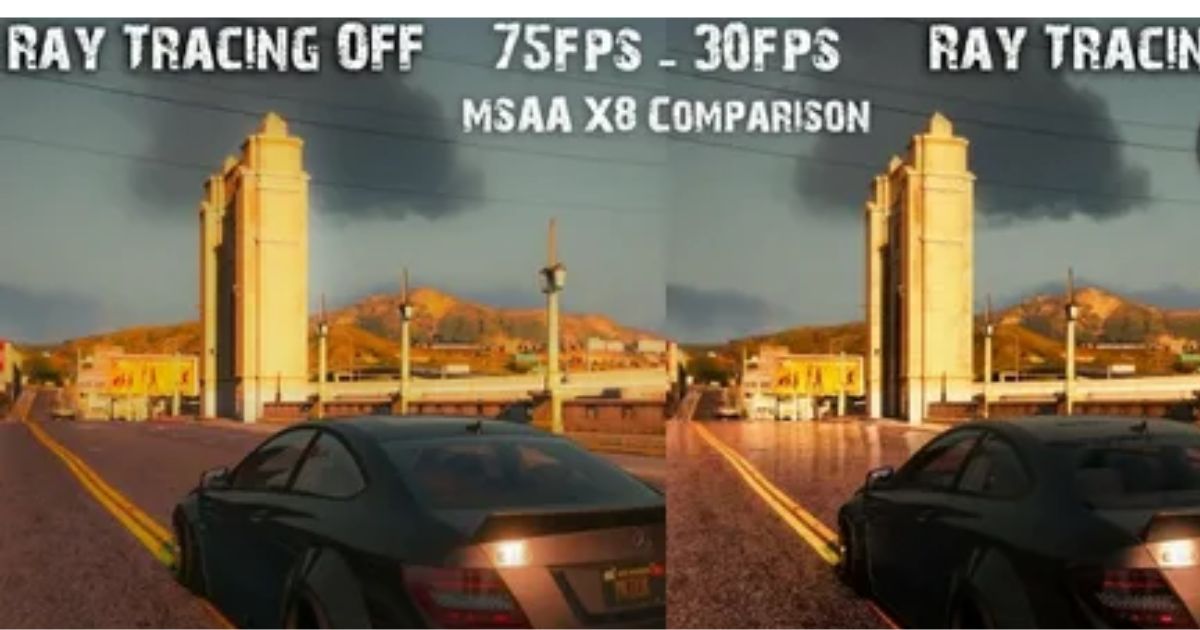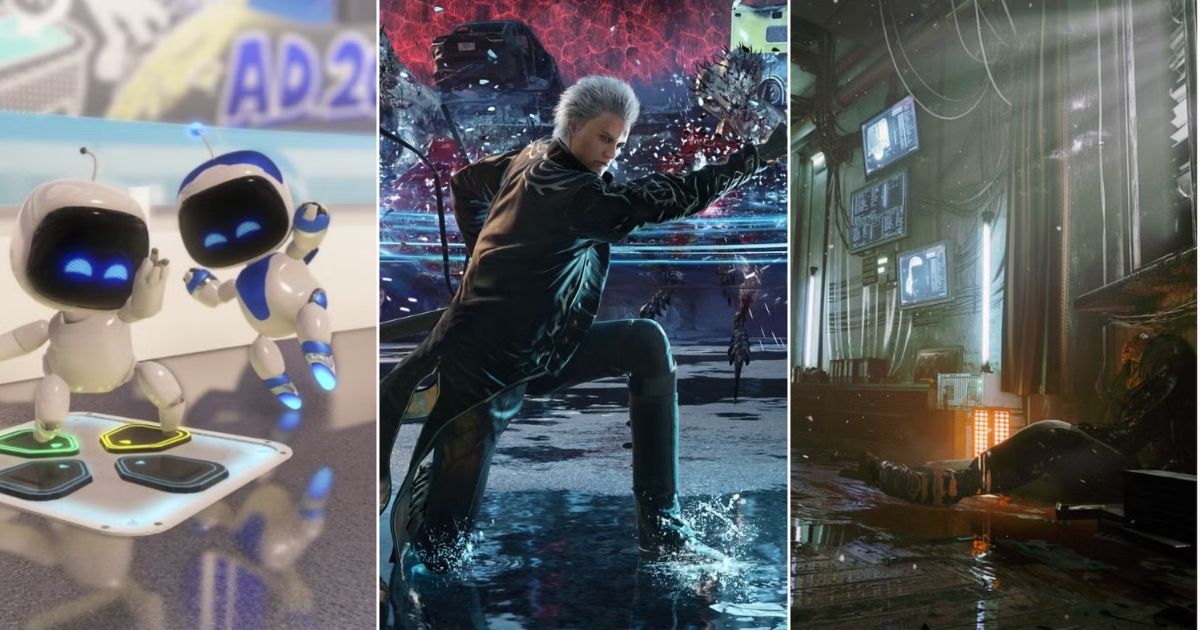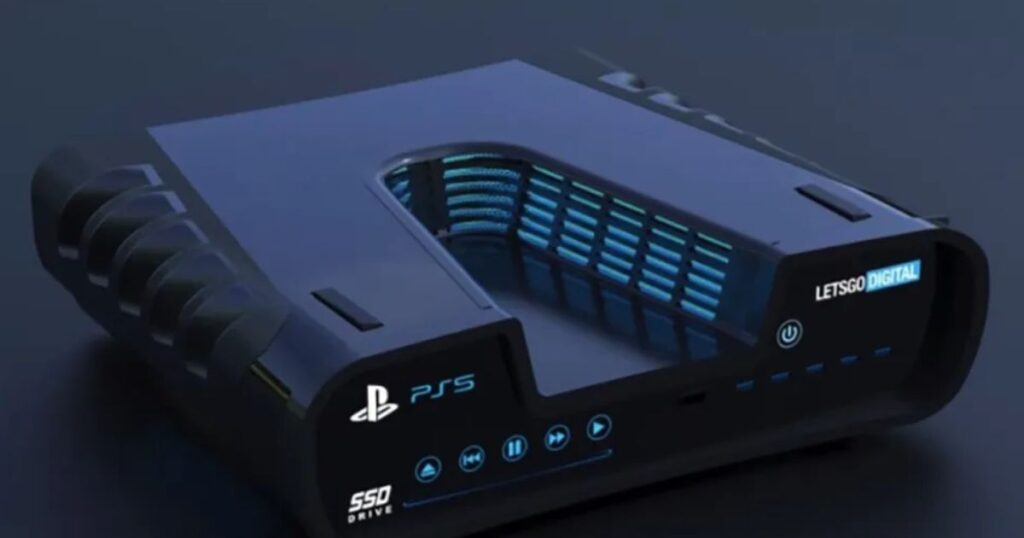Ray tracing has become one of the most exciting features of next‑gen gaming, and the PlayStation 5 brings this cutting‑edge technology straight to your living room. Ray tracing produces hyper-realistic reflections by mimicking the way light interacts with objects. Lifelike shadows and cinematic lighting that make games look truly next-level. But here’s the catch: simply owning a PS5 isn’t enough to unlock the full potential of ray tracing.To get those jaw‑dropping visuals that developers promise, you’ll need the right setup, the correct display, and the proper in‑game settings. From choosing Quality Mode vs. Performance Mode, to making sure your TV supports the latest HDMI features, every minor tweak adds up to a smoother, sharper experience.
In this guide, we’ll break down how to optimise your how to optimize ps5 for ray tracing , covering setup tips, display settings, and the games that show off the technology best. Whether you want to see Spider‑Man’s suit reflected in New York skyscrapers or marvel at the shadows in Demon’s Souls, this article will help you get the most out of your how to optimize ps5 for ray tracing power.
Understanding Ray Tracing on the PS5
A graphics method called ray tracing replicates the physical behaviour of light, creating realistic shadows, reflections, and ambient lighting. Unlike traditional rasterisation, which approximates lighting, ray tracing calculates how light rays interact with objects in real time, resulting in unparalleled visual fidelity. On the PS5, ray tracing enhances games by adding:
- Realistic Reflections: Glass, water, and metallic surfaces reflect environments accurately, as seen in Spider-Man 2’s New York City skyscrapers.
- Soft Shadows: Shadows have natural gradients, enhancing depth in games like Horizon Forbidden West.
- Global Illumination: Light bounces naturally, creating immersive environments in titles like Gran Turismo 7.
However, ray tracing demands significant GPU power, often reducing frame rates to 30 FPS or lower in Quality Mode. The PS5’s AMD RDNA 2 GPU supports ray tracing, but its performance is limited compared to high-end PCs, forspoken 60 fps Best Nintendo Switch Games to Play on an Emulator requiring careful optimisation to balance visuals and smoothness.
Step-by-Step Guide to Optimising Your PS5 for Ray Tracing

Choose the Right Game Mode
Most PS5 games with ray tracing offer multiple graphics modes to balance visual fidelity and performance. These typically include:
- Quality Mode (or Resolution Mode): Prioritises ray tracing and higher resolution (often dynamic 4K), targeting 30 FPS. Ideal for story-driven games where immersion is key, like Horizon Forbidden West.
- Performance Mode: Focuses on higher frame rates (up to 60 FPS) but reduces or disables ray tracing and lowers resolution (often 1080p or 1440p). Best for fast-paced games like shooters.
- Performance RT Mode: A hybrid mode available in select titles like Marvel’s Spider-Man: ps5 hdmi 2.1 settings for ray tracingRemastered and Ratchet & Clank: Rift Apart. It combines ray tracing with 60 FPS by using dynamic resolution (e.g., 1440p upscaled to 4K). This is often the best choice for balancing visuals and performance.
How to Set It Up:
- Go to Settings > Saved Data and Game/App Settings > Game Presets.
- Select Performance Mode or Resolution Mode as your default, but note that individual games may override this.
- In-game, check the graphics settings (usually under “Display” or “Graphics”). For example, in Spider-Man 2, choose Performance Pro Mode on a PS5 Pro for 4K ray tracing at 60 FPS.
- If available, opt for Performance RT Mode for the best of both worlds.
Enable Variable Refresh Rate (VRR)
VRR synchronises your display’s screen tearing and stuttering by synchronising the refresh rate with the frame rate of the PS5, especially in ray-traced games with fluctuating frame rates. This is crucial for Quality Mode, where frame rates may hover around 30–40 FPS.
How to Enable VRR:
- Ensure your TV or monitor supports VRR and HDMI 2.1 (check your display’s manual or specs).
- Go to Settings > Screen and Video > Video Output > VRR.
- Set VRR to On.
- For games with unlocked frame rates (e.g., Spider-Man: Remastered in RT mode), disable the 30 FPS cap in-game to achieve 40–55 FPS with VRR.
Optimise Display Settings
Your TV or monitor plays a critical role in showcasing ray tracing’s visual enhancements. Incorrect settings can diminish the impact of reflections and lighting.
Key Display Adjustments:
- Enable HDR: If supported, turn on HDR by going to Settings > Screen and Video > Video Output > HDR. HDR enhances colour depth and contrast, complementing ray tracing’s lighting effects. Calibrate HDR in the PS5 settings for your TV’s brightness capabilities.
- Use Game Mode: On your TV, enable Game Mode to reduce input lag and optimise response times. This ensures ray-traced visuals don’t compromise gameplay responsiveness.
- Check Resolution: Set the PS5 to output at 4K (or the highest resolution your TV supports) in Settings > Screen and Video > Video Output > Resolution. For ray-traced games, ray tracing ps5 setup guide Quality Mode often uses dynamic 4K for optimal visuals.
- HDMI 2.1 Cable: Use the high-speed HDMI 2.1 cable included with your PS5 to support 4K at 120 Hz, VRR, and ray tracing features.
Upgrade to a PS5 Pro (If Possible)
The PS5 Pro, launched in November 2024, significantly enhances ray-tracing performance with a larger GPU, advanced ray-tracing capabilities, and PlayStation Spectral Super Resolution (PSSR), an AI-driven upscaling technology. Games like Gran Turismo 7 now support ray tracing during races, while Spider-Man 2 offers a Performance Pro Mode that delivers 4K ray tracing at 60 FPS.
Why It’s Worth It:
- Improved Ray Tracing: The PS5 Pro’s enhanced GPU handles ray-traced global illumination, shadows, and reflections more efficiently. For example, Assassin’s Creed: Shadows features enhanced ray-traced lighting.
- PSSR: This upscaling technology improves image clarity, allowing games to maintain high visual fidelity at lower native resolutions, boosting performance.
- Higher Frame Rates: Titles like Horizon Forbidden West run at 60 FPS in Quality Mode, matching the base PS5’s visual fidelity.
Manage Console Cooling
Ray tracing is GPU-intensive, generating more heat during extended play. Overheating can lead to performance throttling, reducing frame rates and ray tracing quality.
Cooling Tips:
- Placement: Place your PS5 in a well-ventilated area with a minimum of 4 inches of space on all sides. Avoid enclosed spaces or stacking electronics on top.
- Energy Saver Mode: Go to Settings > System > Power Saving > Features Available in Rest Mode and select Energy Saver to reduce power consumption and heat during idle times.
- Clean Regularly: Dust buildup can clog vents, increasing temperatures. Use a can of compressed air to clean the PS5’s vents and fan every 3–6 months.
- Optional Cooling Accessories: Consider a cooling pad or stand with built-in fans for long gaming sessions, especially in warmer climates.
Update System Software and Games

Sony and game developers frequently release updates that optimise ray tracing performance. For example, Elden Ring received ray tracing support post-launch, and PS5 system updates improve GPU efficiency.
How to Stay Updated:
- Enable automatic updates: Go to Settings > System > System Software > System Software Update and Settings > Download and Install Automatically.
- Check game updates: Go to Library > select a game > press Options > Check for Update.How to Fix PS5 Controller Stick Drift: A Comprehensive Guide
- Monitor patch notes: Visit the official PlayStation Blog or developer websites for announcements about ray tracing enhancements ps5 ray tracing tv requirements.
Game-Specific Optimisations
Different games implement ray tracing uniquely, requiring tailored settings:
- Marvel’s Spider-Man: Miles Morales/Spider-Man 2: Use Performance RT Mode for 60 FPS with ray-traced reflections. If you prioritise visuals, Quality Mode offers dynamic 4K with enhanced reflections.
- Ratchet & Clank: Rift Apart: Opt for Performance RT Mode for vibrant environments at 60 FPS. Quality Mode is ideal for cinematic playthroughs.
- Gran Turismo 7: On the PS5 Pro, enable ray tracing during races for realistic car reflections. On the base PS5, use Quality Mode for replays with ray tracing.
- Horizon Forbidden West: Choose Quality Mode for dynamic lighting and landscapes, or use the PS5 Pro’s Enhanced Mode for 60 FPS with ray tracing.
- Cyberpunk 2077: Quality Mode enhances the dystopian city with ray-traced reflections, but Performance Mode is better for smoother combat.
Enhance Audio for Immersion
Ray tracing’s visual immersion is amplified by the PS5’s 3D Audio, which complements realistic lighting with spatial sound. Games like The Last of Us Part II Remastered benefit from this synergy.
How to Set Up:
- Go to Settings > Sound > Audio Output > Enable 3D Audio.
- Use a compatible headset (e.g., Pulse 3D) or HDMI-connected soundbar for the best effect.
- In-game, enable 3D audio settings if available (e.g., in Horizon Forbidden West).
Consider Storage Upgrades
While ray tracing doesn’t directly impact storage, Best PlayStation ARPG with Skill Trees faster load times improve the overall experience in large open-world games like Death Stranding 2. The PS5’s SSD is quick, but an upgraded NVMe SSD can reduce load times further.
How to Upgrade:
- Choose a compatible NVMe SSD (e.g., Samsung 990 Pro) with a read speed of at least 5,500 MB/s.
- Follow Sony’s official guide to install the SSD in the PS5’s expansion slot.
- Move ray-traced games to the SSD for faster access.
Monitor Performance and Experiment
Ray tracing performance varies by game and setup. Use these tips to fine-tune your experience:
- Check Frame Rates: If your TV or monitor has a frame rate tracker, A Deep Dive into Cyberpunk 2077’s Turf Wars Arcade Game use it to monitor performance in different modes. Aim for at least 50 FPS in Performance RT Mode for smooth gameplay.
- Test Different Modes: Switch between Quality, Performance, and Performance RT modes to find the best balance for each game.
- Stay Informed: Follow developer patch notes and the PlayStation Blog for updates on ray tracing enhancements, especially for upcoming titles like 007: First Light or Monster Hunter World: Iceborne.
Limitations and Trade-Offs of Ray Tracing on PS5

While ray tracing elevates visuals, it has drawbacks:
- Performance Impact: Most ray-traced games on the base PS5 run at 30 FPS in Quality Mode, which can feel less responsive in fast-paced titles.
- Limited Game Support: Only a select number of PS5 games support ray tracing (e.g., Demon’s Souls, F1 24). Many use it sparingly, like Gran Turismo 7 (replays only on base PS5).
- Hardware Constraints: The PS5’s GPU struggles with 4K ray tracing at 120 FPS, unlike high-end PCs with GPUs like the RTX 4090. Even the PS5 Pro compromises with dynamic resolutions.
- Power Consumption: Ray tracing increases GPU workload, Astro A40 TR MixAmp Pro Setup Guide for Gamers leading to higher power usage and heat.
The PS5 Pro mitigates some of these issues with PSSR and a stronger GPU, but base PS5 users must carefully balance settings.
Conclusion
Ray tracing is one of the PS5’s most powerful features, transforming games with stunningly realistic lighting, reflections, and shadows. But to truly experience its magic, you need more than just turning it on; you need the proper setup, the right TV, and the proper in‑game settings. By updating your system, choosing Quality Mode for maximum visual fidelity, and pairing your PS5 with a 4K HDR display that supports HDMI 2.1, you can unlock the full cinematic potential of every game that supports ray tracing.
Whether you’re swinging through the streets of Spider‑Man: Miles Morales, exploring the vibrant worlds of Ratchet & Clank: Rift Apart, or racing under glistening rain in Gran Turismo 7, optimising your PS5 ensures you see those details exactly as the developers intended.In the end, it’s about finding the right balance of visual beauty when you crave it and performance when you need it. With the right tweaks, your PS5 can deliver the very best that next‑gen gaming has to offer.
FAQ
Does ray tracing affect FPS on PS5?
Yes. Ray tracing is demanding on the system, so most games cap performance at 30fps when ray tracing is enabled. Some newer titles use performance ray tracing modes to balance visuals and 60fps gameplay.
Do all PS5 games support ray tracing?
No. Only select titles are built with ray tracing features. Games like Spider‑Man: Miles Morales, Ratchet & Clank: Rift Apart, and Demon’s Souls showcase it best.
What HDMI cable do I need for ray tracing?
Utilise the PS5’s included HDMI 2.1 cable. It supports 4K resolution, HDR, and all the features needed for the best ray tracing experience.
Can ray tracing run at 60fps on PS5?
Some games offer “Performance RT” modes that combine ray tracing with 60fps gameplay, forspoken graphics but they usually lower resolution or scale back effects slightly to maintain smoothness.
Do I need a special TV for PS5 ray tracing?
For the best results, yes. A 4K HDR TV with HDMI 2.1 support ensures ray‑traced graphics look as sharp and smooth as possible.
Is ray tracing worth it on PS5?
Absolutely, if you value visual quality. Ray tracing adds depth, realism, and atmosphere that standard lighting can’t match, making worlds feel more alive and immersive.






